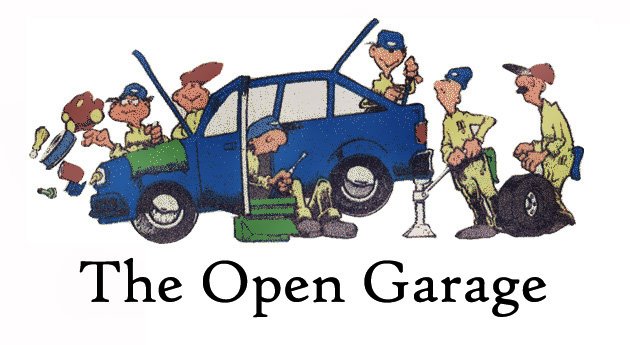
* Drive less. Walk, bike, ride the bus or join a car pool. Reduce your commute by moving closer to work or working closer to home. Combine trips and make to-do-lists to avoid having to go back. Call ahead to avoid wasted trips.
* Walk between stops. Once you get into town, some of your stops may be near each other. Park between some or all of them and walk.
* Parking in the first spot you find in the parking lot. If you wander all over the parking lot looking for that really close parking space, you’ll use more gas.
* Use the lowest recommended octane for your car. The lower octane gas is cheaper. Check your owner’s manual to be sure, as not all car engines should use lowest octane gas.
* Determine whether gas with ethanol is right for your vehicle. However, 10% or less ethanol actually helps gasoline burn more completely, resulting in better economy.
* Compare ethanol price. Fuel with ethanol may be more expensive than standard gas, but the minimal price difference is often offset by lower fuel taxes or subsidies.
* Don’t fill until the last quarter tank. If you do this, it can extend your gas because you are hauling a lighter load as the tank nears empty. However, in cold weather, you run an increased risk of condensation in the fuel tank.
* Don’t top off the tank. It is wasted money and bad for the environment since the extra gas evaporates in 10 minutes of driving.
* Change car oil regularly. Properly maintaining your car will keep your car running as efficiently as possible. Use synthetic oil instead of mineral oil. This will cause your engine to run better and give you better mileage.
* Upgrade air filter. More efficient brands of air filters cost a little more but will pay for themselves in most vehicles in fuel savings. Clogged air filters cause engines to work overtime which requires more fuel.
* Use a fuel injector cleaner or complete fuel system treatment occasionally. Not only will you see a boost in gas mileage, but in your car’s overall performance. Fouled injectors vaporize fuel poorly, affecting how completely the fuel is burned.
* Clean out any unnecessary items in your car. If your car is lighter, it will use less fuel to get where you’re going. If you have a bicycle or ski rack, remove it when you’re not using it. It causes drag and lowers mileage.
* Avoid idling. While idling, your car gets exactly 0 miles per gallon while starting the car uses the same amount as idling for 30 seconds. TIP: Park your car and go into the restaurant rather than idling in the drive-through. Idling with the air conditioning on also uses extra fuel.
* Plan your trips in advance. This can prevent wasting fuel and wasting time. Use alternative routes. Often back roads can prevent you from stopping at traffic lights and more importantly sitting in traffic jams. TIP: Try to schedule your trips and errands when traffic is lighter.
* Use a global positioning system (GPS) to help you navigate and find the fastest and shortest distance to your destination.
* Drive at a consistent speed. Avoid quick acceleration and hard braking.
* If approaching a red light, see if you can slow down enough to avoid having to actually stop.
* Take off slowly from a full stop. This is one adjustment that will have dramatic effects on your gas mileage; don’t tear off from a stoplight or stop sign!
* Stay well away from store fronts where you will spend significantly more time idling and waiting for pedestrians and other vehicles.
* Shift into neutral if you are not comfortable with down shifting. NOTE: This strategy will result in more wear and tear on your brakes.
* Park in the shade because gasoline actually evaporates right out of your tank, and it does so faster when you park directly under the sun - winter or summer.

